After two days of negotiations, agriculture and fisheries ministers reached a political agreement on fishing opportunities for 2023, taking into account the best available scientific advice, while respecting the aims of the common fisheries policy (CFP), and the EU’s multiannual plans for various sea basins.
This agreement sets catch limits for over 200 commercial fish stocks in the Atlantic, North Sea, Mediterranean and Black Sea, as well as for some deep-sea stocks for 2023 and 2024. On shared fish stocks with the UK, ministers agreed to set provisional quotas for the first three months of 2023, seeing as bilateral EU-UK and EU-NO consultations on shared fish stocks are still on-going.
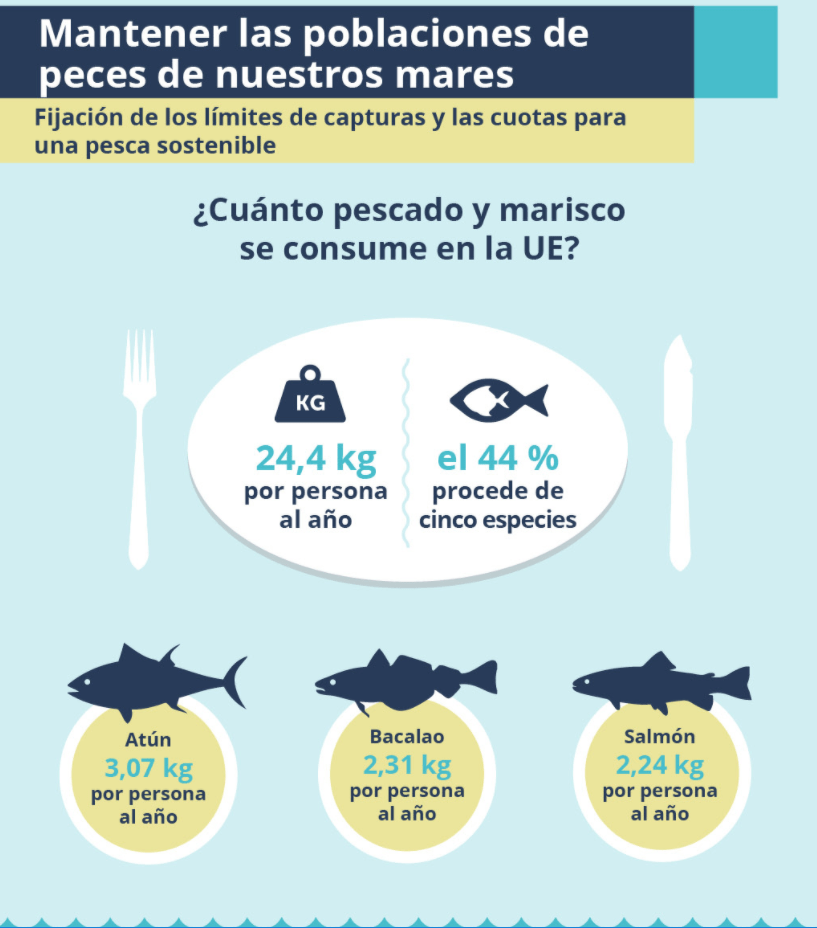
Infografía – Fijación de límites de capturas y cuotas |
These provisional catch limits include a temporary roll-over of the existing fishing opportunities for the first three months with a 25% ratio to the TAC levels of this year, to cover the first quarter of 2023. For some fisheries where fishing takes place mainly in the first part of the year, this seasonality has been taken into account. This will ensure continuity for fishermen and sustainable fishing in the relevant areas, pending an agreement between the EU and the UK. Ministers agreed on a similar approach for stocks co-managed with Norway.
Spain achieves a good result in fisheries negotiations
Luis Planas, Minister of Agriculture Spain, explained that “in complicated circumstances, Spain has managed to increase catches and limit the reduction of fishing effort days”. In the Atlantic, very positive results have been achieved and in the Mediterranean “a tough battle has been fought. Despite the drastic cuts in the initial proposal, there have been improvements”, but “it is not positive for Spain. We voted against,” the minister assured.
The “marathon” Council of Ministers of Agriculture and Fisheries of the European Union (EU) that began in Brussels last Sunday to reach an agreement on total allowable catches (TACs) and quotas for 2023 in EU and non-EU waters; and the management of fishing effort in the Mediterranean has been closed in the early hours of Monday to Tuesday.
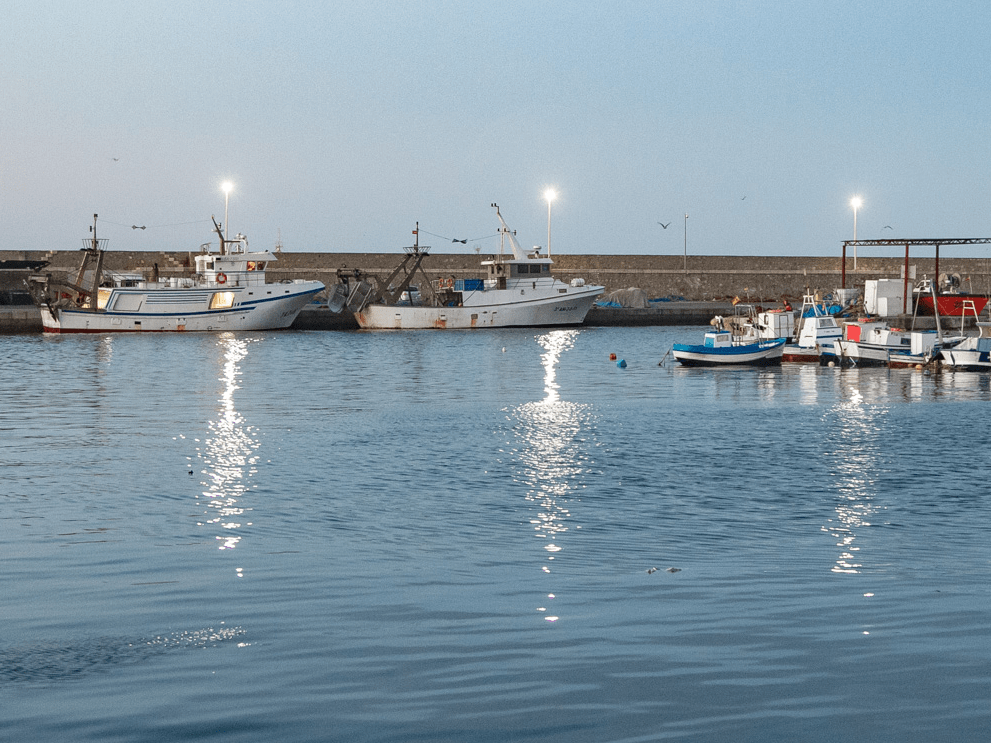
Spain will receive €1.12 billion from the European Maritime, Fisheries and Aquaculture Fund 2021-2027
|
In the Mediterranean, Spain has managed to improve the initial positions and reverse the cut in fishing days by half, from 7% to 3.5%, provided that the fleet adopts one of two compensations: to opt for measures to improve selectivity, with nets that improve the passage of juveniles, or to abide by a closure of 4 consecutive weeks. In addition, the longline closure has been eliminated, a fishery that does not require a greater reduction in fishing effort. The TAC for red shrimp has been reduced from 7% to 5%.
Planas has explained this vote against the proposal for the Mediterranean in the existence of a “fundamental discrepancy” with the European Commission on how to achieve the maximum sustainable yield provided for in the multiannual management plan for 2025. “The Commission wants to continue a schedule of reduction of fishing days, and we understand that this is not the right way, but that with the selection of gears we can achieve the same result and with less economic and social impact,” he explained. The minister recalled that by this route Spain managed to reach the maximum sustainable yield in the Atlantic fishing grounds in 2019, a year before it was mandatory.”
More infomation:

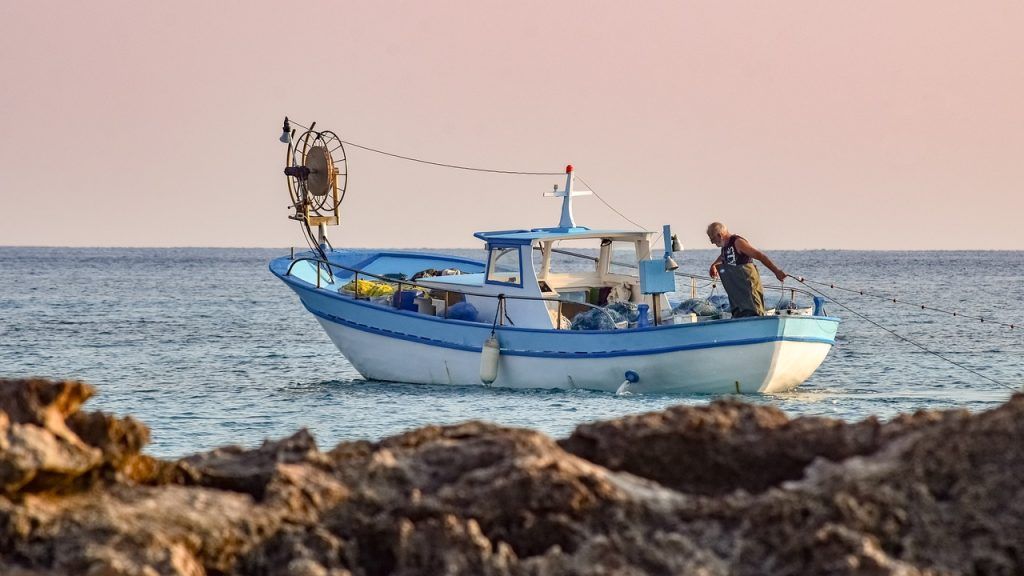



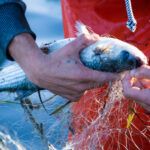
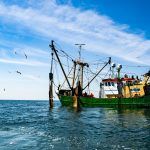
Leave a Reply